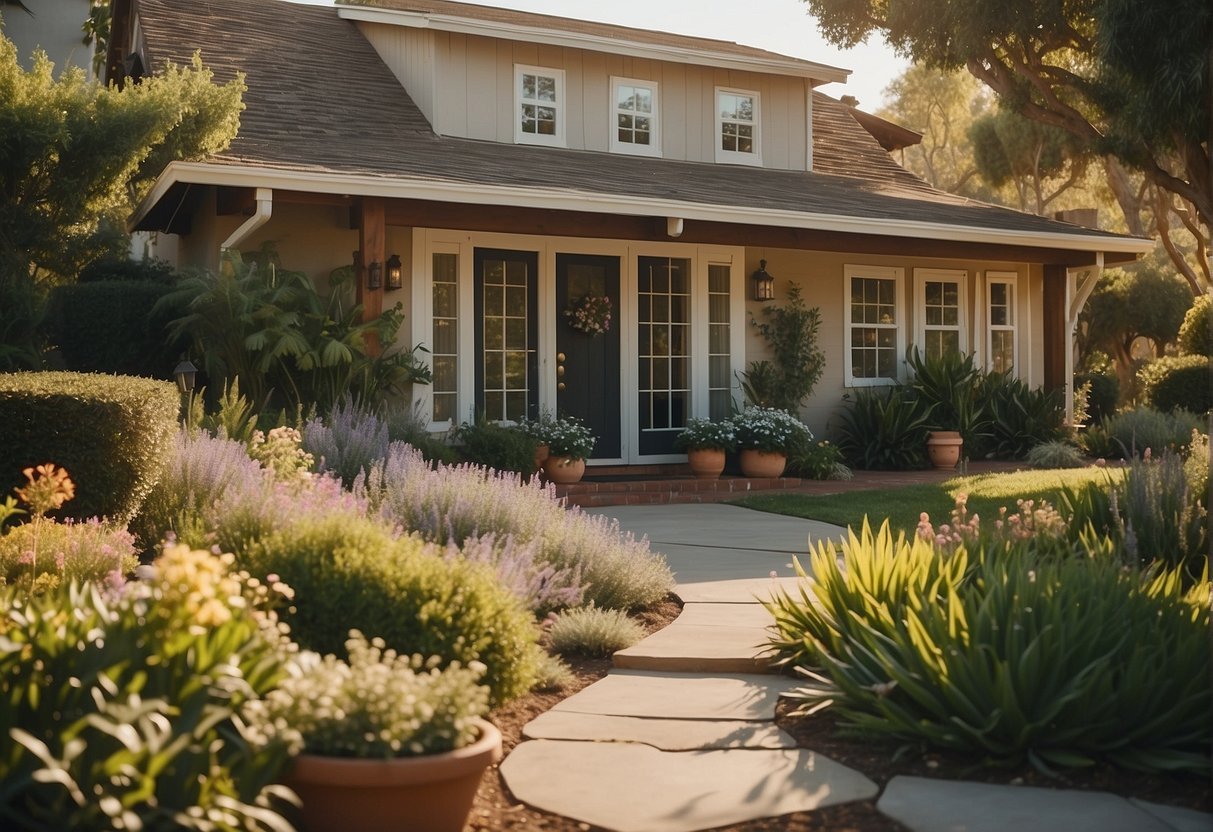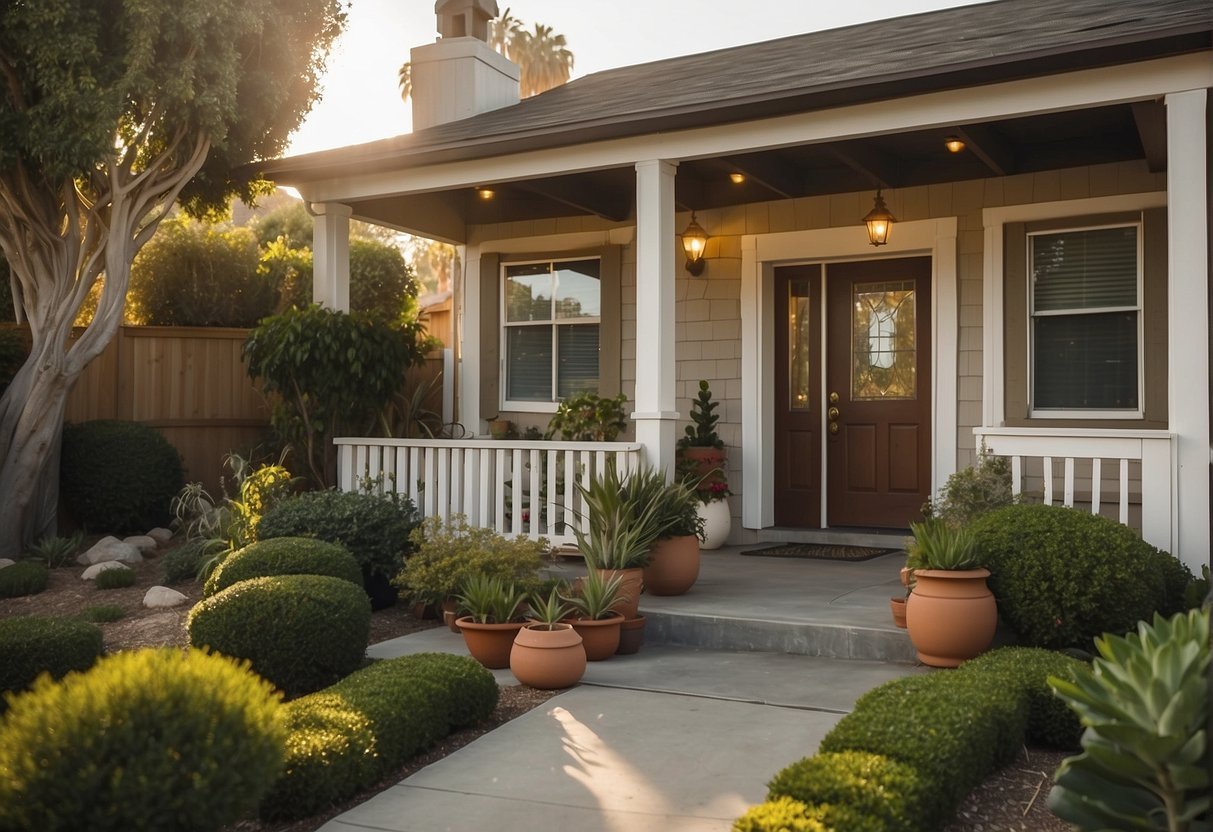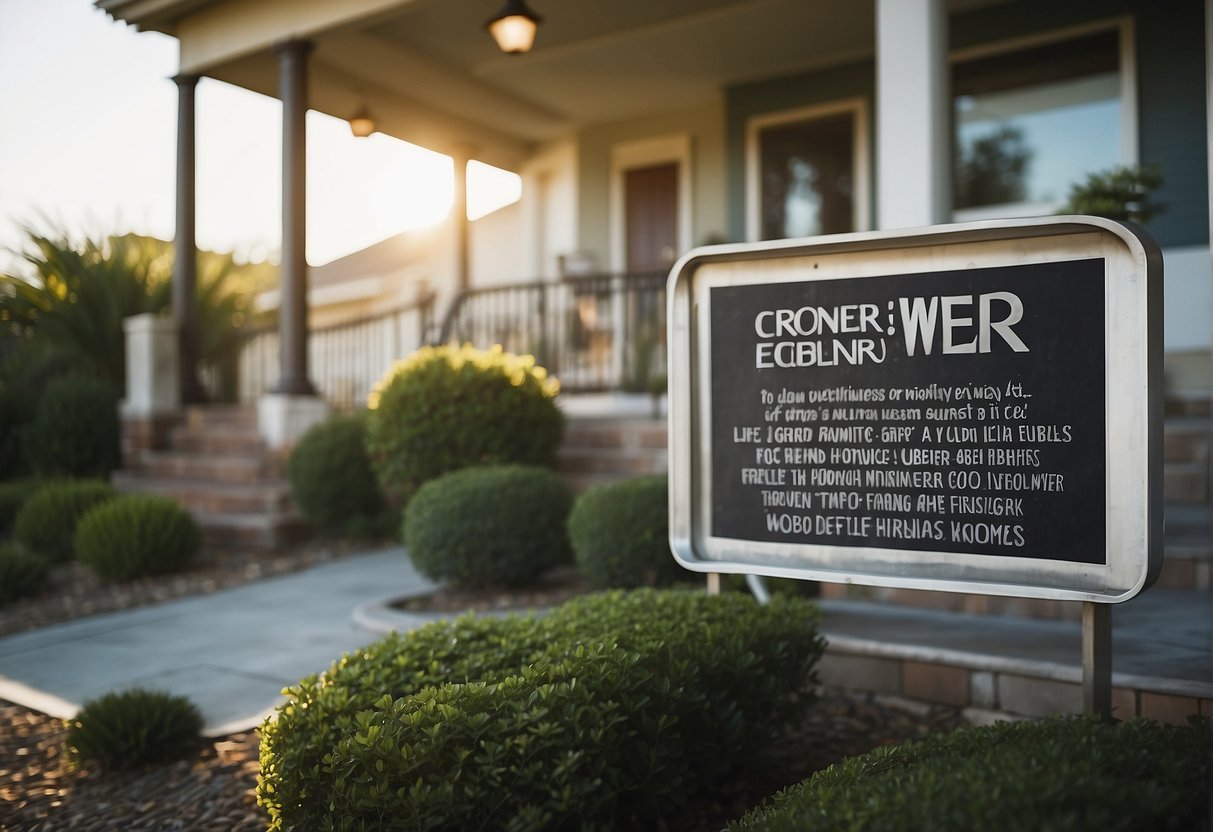Sober Living Homes California – A Guide to Supportive Recovery Environments
Sober living homes in California offer a sanctuary for those seeking a stable environment after overcoming addiction. They provide a supportive community where residents can pursue recovery while fostering independence.
Often seen as a bridge between inpatient treatment and a return to everyday life, these homes focus on peer support and a drug-free lifestyle. Unlike traditional rehab facilities, sober living houses do not typically offer professional services but instead rely on self-help and mutual encouragement amongst residents.

The cost and structure of living in these homes can vary, but residents generally share responsibilities and adhere to house rules to maintain an alcohol- and drug-free environment. Entry into sober living homes requires adherence to specific guidelines and a commitment to abstinence. The support found in these homes can be pivotal, providing residents with the tools and connections to build a sober, productive lifestyle.
Sober Living Homes California – Key Takeaways
- Sober living homes provide a supportive environment for those in recovery.
- Residency often comes with shared responsibilities and a commitment to sobriety.
- They serve as an intermediary step between treatment and returning to regular life.
Understanding Sober Living Homes

Sober living homes provide an essential step in the journey towards sustained sobriety, bridging the gap between residential treatment and independent living.
The Role in Addiction Recovery
Sober living homes serve as a transitional environment for individuals recovering from addiction. They offer a stable and controlled setting that supports the maintenance of sobriety after one leaves a more intensive addiction treatment programme. Key aspects include:
- Structure: Residents adhere to rules and responsibilities that encourage a sober lifestyle.
- Aftercare: Continued support is provided to prevent relapse and promote long-term recovery.
Comparing Types of Sober Residences
Sober residences vary based on the level of support and structure they offer:
- Halfway Houses: Often regulated by state agencies, these require residents to have recently completed a mandatory detoxification process.
- ¾ Way Houses: These are typically less structured than halfway houses and offer more freedom.
- Sober Living Homes: These are less institutional and function more like a private residence, promoting self-responsibility within a supportive community.
The Importance of a Supportive Community
Community plays a pivotal role in strengthening an individual’s commitment to sobriety:
- Peer Support: Connection with others who understand the challenges of recovery.
- Shared Responsibility: Residents collectively maintain a drug-free and accountable living environment.
- Empowerment: Building confidence and self-efficacy through mutual encouragement and shared experiences.
Entry Requirements and Guidelines

Before joining a sober living home in California, you must know the specific eligibility criteria, house rules and policies, and the essential practices to maintain a sober environment. These guidelines are designed to ensure the safety and well-being of all residents.
Eligibility Criteria
To reside in a sober living home, you’re required to:
- Demonstrate a commitment to sobriety.
- Have completed or are in the process of undergoing a substance abuse treatment programme.
House Rules and Policies
Upon entry, you will be introduced to the house rules, which typically include:
- I am abstaining from drug and alcohol use, with routine drug tests to ensure compliance.
- Agreement to participate in household duties and, in some cases, community service.
- Adherence to curfews, guest policies, and respect for fellow residents.
Maintaining a Sober Environment
Maintaining a drug-free environment is paramount for your recovery and includes:
- Engaging in regular meetings and group activities that support sobriety.
- Ensuring medications are used responsibly and are adequately disclosed to house management.
- Building a community that fosters safety, support, and encouragement amongst residents.
The Cost of Sober Living
When considering sober living in California, it’s essential to understand the financial commitment you are undertaking. The cost involved includes the rent and additional fees that may arise. Proper financial planning is critical to sustain recovery without additional stress.
Understanding Rent and Fees
- Rent: This is the primary cost of staying in a sober home. Typically, rent varies widely depending on the location and the amenities provided. For instance, facilities in upscale neighbourhoods or coastal areas often charge more.
- Fees: Aside from rent, some sober living homes may charge extra fees for services such as counselling, group activities, and other support services.
- Financial assistance: Some facilities offer options, including sliding scale payments or scholarships, to make living costs more manageable.
Financial Planning for Recovery
- Start by listing all potential sober living costs, including rent, fees, and additional living expenses.
- Explore if financial assistance is available; contact the sober living home to learn about aid options.
- Engage with support groups that can provide practical advice and share experiences on managing finances during recovery.
Organising your finances for sober living is crucial to a successful recovery journey. Stay informed about the costs and seek out support when needed to maintain focus on your well-being.
Recovery Support and Programmes
When you explore sober living homes in California, you’ll find a robust infrastructure to facilitate sustained recovery. These homes often serve as a bridge between formal treatment and a return to everyday life, providing support and access to programmes that reinforce sobriety.
On-Site Support Opportunities
Sober-living homes in California are structured environments designed to help you integrate recovery with daily living. You may find:
- Peer support: A sense of community is fostered through shared experiences and collective growth.
- Meetings: Regular 12-step meetings and other support group gatherings are integral to maintaining a recovery commitment.
- Life skills training: Practical sessions aim to equip you with the necessary tools to handle daily tasks and pressures without relapse.
Access to Recovery Services and Amenities
Amenities and services are critical components of California sober living homes, often including:
- Counselling and therapy sessions: These can address underlying issues related to addiction, often on-site or through partnerships with local treatment centres.
- Education and job training: Pursue personal development with access to educational programmes and employment assistance.
- Structure and routine: Establish a sustainable daily rhythm, including meditation, community service, and skill-building activities.
Each element contributes to a comprehensive support system, facilitating your journey to a balanced and sober life.
Life in a Sober Living Home
Embarking on the recovery journey, you’ll find that life within a sober living home offers a blend of structure and community support essential for sustained sobriety. It’s a place where your daily routine and responsibilities are designed to reinforce a drug-free lifestyle while also allowing you the comfort and privacy you need to heal and grow.
Daily Routines and Responsibilities
In a sober living home, your day-to-day life is shaped by a structured schedule, which typically includes:
- Ordnung: Adhering to house rules that promote wellness and relapse prevention.
- Chores: Participating in daily chores to maintain a clean and comfortable environment.
- Meetings: Attending regular support meetings within or outside the home.
- Curfew: Following a set curfew to ensure safety and routine.
The emphasis on routine helps to instil discipline and a sense of normalcy, which is crucial for those in recovery seeking to rebuild their lives.
Creating a Safe and Structured Space
The sober living home is more than just a residence; it’s a safe and supportive space that promotes healing and growth. Key attributes include:
- Monitoring: Homes often have measures in place for drug and alcohol monitoring to ensure a safe environment.
- Community: Engaging in a community of peers who offer support and understand the challenges of recovery.
- Guidance: Access to on-site staff or mentors that provide guidance and support when needed.
- Privacy: Having personal space to allow for privacy, which all residents respect.
By fostering a safe and structured living space, sober living homes offer a crucial stepping stone towards a stable, sober life.







